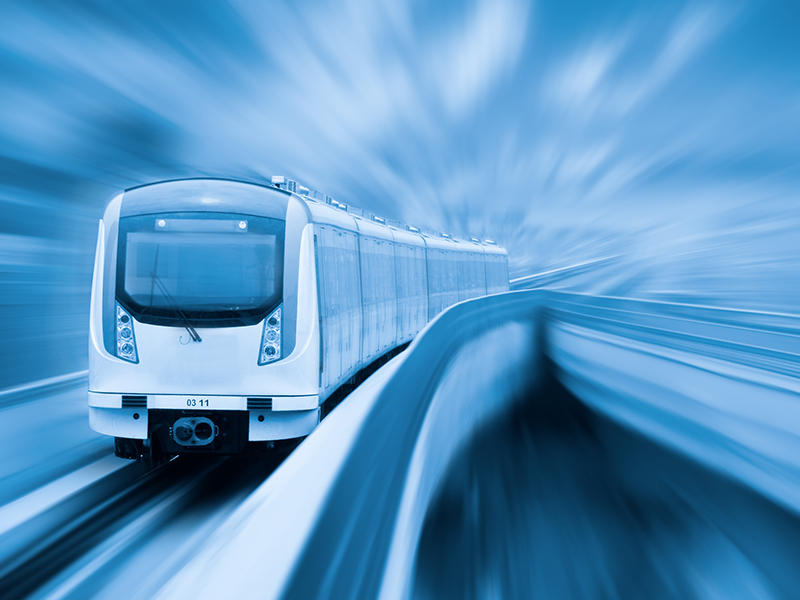
The commencement of the Gurgaon metro extension marks a significant milestone in the city’s journey towards enhanced urban connectivity and development. Initially proposed alongside the elections for ward councilors in 2011, the extension from Huda City Centre towards Sohna Road and old Gurgaon has long been recognized as a pressing necessity. While the Delhi Metro Rail Corporation (DMRC) initiated service from Rajiv Chowk to Huda City Centre in 2009, it soon became evident that the limited five-station route failed to adequately serve the city’s burgeoning population.
In a notable turn of events, Prime Minister Narendra Modi laid the foundation stone for the metro extension from Rewari on February 16, 2024, signaling a renewed commitment to addressing Gurgaon’s transportation challenges. This 28-kilometer extension promises to revolutionize intra-city commuting by seamlessly connecting key areas such as Sohna Road, Delhi Jaipur Highway, and the Dwarka expressway interchange with the Rapid Rail Transit System (RRTS) at Hero Honda Chowk.
Despite Gurgaon’s status as a symbol of urban progress, traffic congestion and overcrowded roads have persisted as persistent issues, hampering both daily commutes and the city’s potential for further growth. The advent of the metro extension represents a beacon of hope, signaling relief from the transportation woes that have long plagued residents.
With the commencement of construction, the real estate sector is experiencing a resurgence, with property values escalating in areas along the Dwarka expressway and in proximity to metro stations. This uptrend is poised to stimulate economic activities and further bolster the city’s development trajectory.
Acknowledging the pivotal role of the government in spearheading this transformative project, real estate promoter Signature Global has lauded the proactive measures taken to address the city’s transportation needs. The planned metro line spanning 29 kilometers from Huda City Centre to Cyber City, via key hubs like Subhash Chowk and Krishna Chowk, will feature twenty-seven stations, including an interchange station at Hero Honda Chowk facilitating seamless transfers to the RRTS.
As articulated by the Prime Minister, the primary aim of the government is to ensure equitable access to metro services, particularly for residents residing in the hinterland areas. Additionally, the inclusion of a 1.85-kilometer spur to align with the newly inaugurated Dwarka expressway underscores the project’s comprehensive approach to enhancing connectivity across Gurgaon.
The proposes stations include – Sector 45, Cyber Park, Sector 46, Sector 47, Sector 48, Technology Park, Udyog Vihar Phase 6, Sector 10, Sector 37, Basai, Sector 9, Sector 7, Sector 4, Sector 5, Ashok Vihar, Sector 3, Krishna Chowk, Palam Vihar Extension, Palam Vihar, Sector 23 A, Sector 22, and Udyog Vihar Phase 4.
The proposed stations, strategically located across various sectors, signify a concerted effort to cater to the diverse commuting needs of the city’s populace. From Sector 45 to Udyog Vihar Phase 4, each station is poised to become a vital nexus in Gurgaon’s evolving transportation landscape, fostering connectivity, accessibility, and inclusive growth.